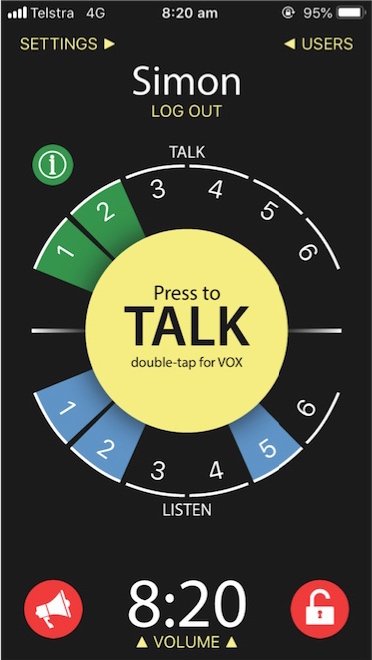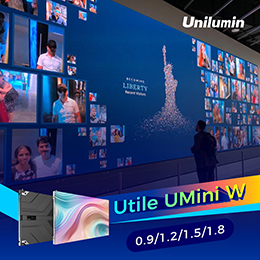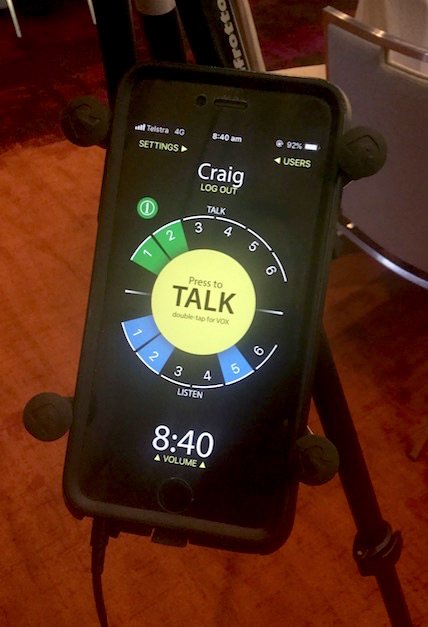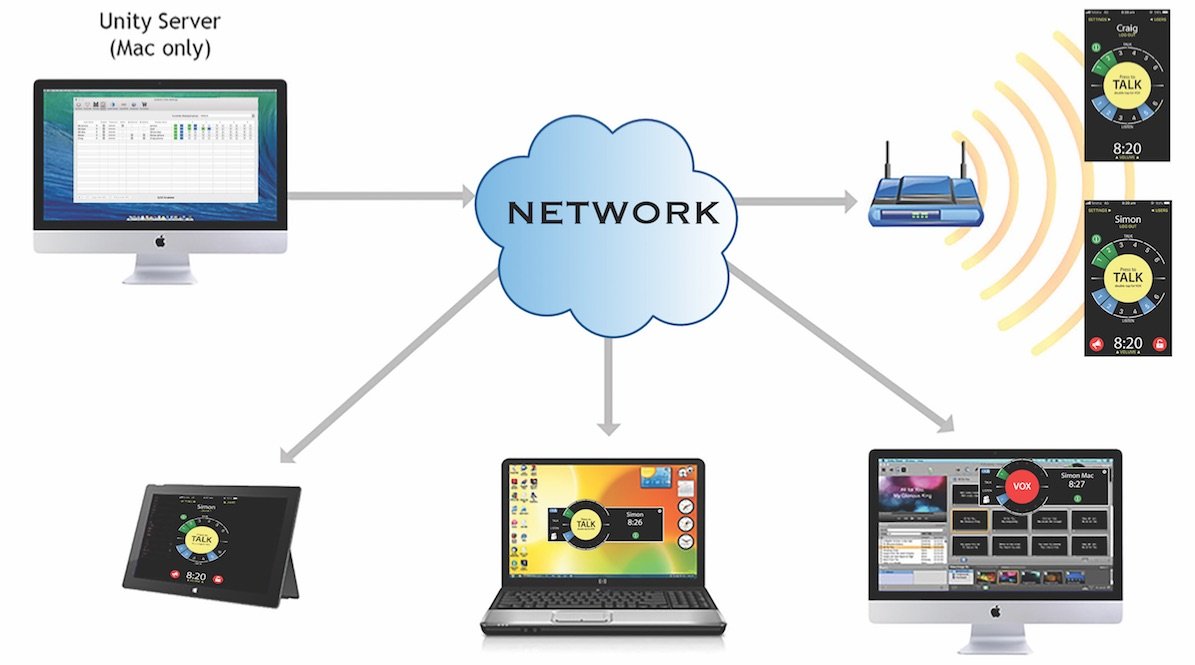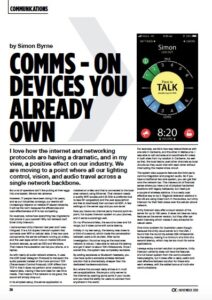Subscribe to CX E-News
COMMUNICATIONS
Comms – On Devices You Already Own
by Simon Byrne.
I love how the internet and networking protocols are having a dramatic, and in my view, a positive effect on our industry. We are moving to a point where all our lighting control, vision, and audio travel across a single network backbone.
But a lot of operators don’t like putting all their eggs into one basket. We are risk adverse. However, IT people have been doing it for years, and as our industries converge, our events will increasingly depend on reliable IP based networks.
It will be the norm because the efficiencies and cost-effectiveness of IP is too compelling.
For example, notice how everything has migrated to that phone in your pocket? Why not talkback too? Enter Unity Intercom. I came across Unity Intercom last year and I was intrigued. It is a full duplex intercom system that connects over WiFi or cellular data.
It has two core components; the server software running on a Mac, and the user apps which runs on mobile iOS and Android devices, as well as OSX and Windows. That means the substation can be your phone, or a laptop. As with nearly all audio network streams, it uses the UDP (User Datagram Protocol) to transport the audio packets instead of the more common TCP (Transmission Control Protocol).
UDP differs from TCP in that it does not perform error checking or resend data, making it fast and ideal for real-time media. That means if the network is not good, the sound will simply drop out. In its simplest setup, the server application is installed on a Mac and that is connected to the local area network using Ethernet.
That network needs a quality WiFi access point (5 GHz is preferred due to less RF congestion) and the user apps (which are free to download) then connect via WiFi. A few settings on the server app and you are done! Now you have a six channel party line and point-to-point, full duplex intercom system on your phones, and it works surprisingly well.
On my iPhone and Mac, the sound is clear and full range, but it does come with some latency. Initially in my test setup, the latency was close to a third of a second, which made the conversation between users a bit stunted. After some investigation I found as long as the local area network is robust, I was able to reduce the latency and got it down to about 100 milliseconds.
Once I solved this, the system was completely workable. By adding earpieces or Bluetooth headsets, you now have quite a workable wireless talkback solution that is dramatically cheaper than the dedicated hardware solutions.
But where this concept really shines is in multi venue applications. Route your unity server to the internet by opening some ports in your router, and you have the ability for users to connect from anywhere in the world.
For example, we did a two-way teleconference with one site in Canberra, and the other in Melbourne. I was able to call cameras and coordinate AV crews in both sites from my location in Canberra. As well as that, the local teams used other channels as local circuits so they could chat with each other without interrupting the master show circuit.
The system also supports features like third-party comms integration and program audio. So if you have a traditional two wire system, you can get that onto the network too. This makes a lot of financial sense where you have a lot of physical hardwired locations with legacy beltpacks, but need just a couple of wireless stations.
It is a really cost effective way to do it.
Regional television stations in the US are using Clear-Com in the studios, but Unity Intercom for their field crews over the cellular phone network. Unity Intercom also offer a cloud version of the server for up to 100 users. It does not have as many features as the server version, but they offer per event licensing which makes it very attractive for casual users.
One minor problem for Australian users though; because the Unity cloud server is in the USA, I found that the round trip added 200 milliseconds to the latency, making it a minimum of a third of a second latency, which may be too much for some applications.
I always enjoy a smart solution to problems. Unity Intercom certainly does not have the features of a full blown system from the communication heavyweights, but it does offer a really useful and cost effective talkback solution for those who want wireless, with the added bonus of multi-site communications.
From the November 2018 edition of CX Magazine. CX Magazine is Australia and New Zealand’s only publication dedicated to entertainment technology news and issues – available in print and online. Read all editions for free or search our archive www.cxnetwork.com.au
© CX Media
Subscribe
Published monthly since 1991, our famous AV industry magazine is free for download or pay for print. Subscribers also receive CX News, our free weekly email with the latest industry news and jobs.



